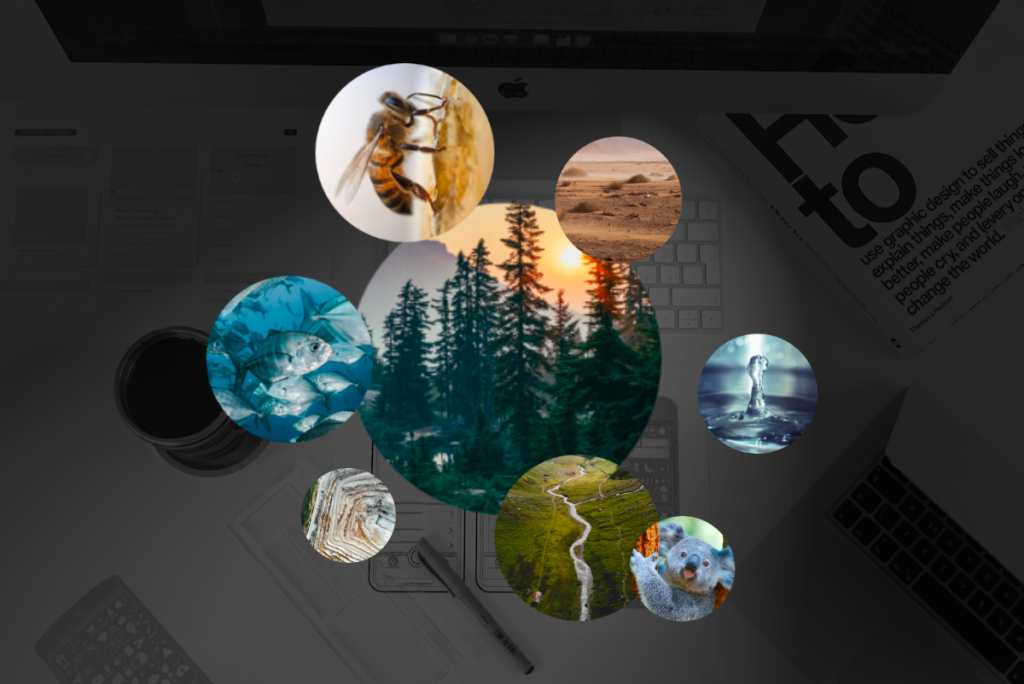In the age of climate change and environmental consciousness, sustainable design has emerged as a critical focus area across industries. From architecture to product development, the need to minimize ecological footprints is more pressing than ever. In this pursuit, non-human personas play a pivotal role, revolutionizing the way we approach sustainability.

Understanding Non-Human Personas in Sustainable Design
Non-human personas in sustainable design refer to AI-powered entities programmed to optimize environmental performance and efficiency. These personas analyze data, simulate scenarios, and offer insights to architects, engineers, and designers to create eco-friendly solutions.
The Urgency of Sustainable Design
With global temperatures rising and natural resources depleting, sustainable design is not just a trend but a necessity for preserving our planet. According to the United Nations, buildings and construction activities contribute to 39% of global carbon emissions, highlighting the urgent need for sustainable practices.
Streamlining Design Processes
Non-human personas streamline design processes by providing real-time feedback and suggestions for environmentally-friendly alternatives. They can assess material choices, energy consumption, and waste management strategies to minimize environmental impact without compromising functionality or aesthetics.
Optimizing Energy Efficiency
Energy consumption is a significant concern in sustainable design. Non-human personas analyze building layouts, usage patterns, and climate data to optimize energy efficiency. By recommending smart lighting systems, passive heating/cooling techniques, and renewable energy sources, these personas help reduce energy consumption and greenhouse gas emissions.
Reducing Waste and Pollution
Waste generation and pollution are inherent in traditional design and manufacturing processes. Non-human personas identify opportunities for waste reduction and pollution prevention throughout the design lifecycle. By promoting circular design principles and sustainable material sourcing, these personas minimize environmental harm.
Enhancing User Experience
Sustainable design is not just about protecting the environment; it’s also about creating healthier and more comfortable spaces for occupants. Non-human personas consider human factors such as indoor air quality, natural light, and ergonomic design to enhance user experience and well-being.
Collaborative Design Approach
Non-human personas facilitate collaboration among multidisciplinary teams, including architects, engineers, environmental scientists, and stakeholders. By integrating diverse perspectives and expertise, these personas foster innovation and creativity in sustainable design solutions.
The Path Forward
As we strive to build a more sustainable future, the integration of non-human personas in design processes will be crucial. By leveraging AI and data analytics, we can unlock new possibilities for eco-friendly innovation and ensure a harmonious coexistence with the planet.
Non-Human Persona Example
In the studies of cetacean intelligence examining social cognition and behavioural strategies, scientific research suggest that individuality, consciousness, self-awareness, is no longer a unique human property. It seems that whales and dolphins might have rich “human-like” cultures and societies. Read more here
Checkout Non-Human Persona template – Figma
Conclusion
In conclusion, non-human personas are catalysts for sustainable design, offering insights, and solutions to address the pressing environmental challenges of our time. By harnessing the power of AI and embracing a collaborative approach, we can create a built environment that is not only functional and aesthetically pleasing but also regenerative and resilient for future generations.




